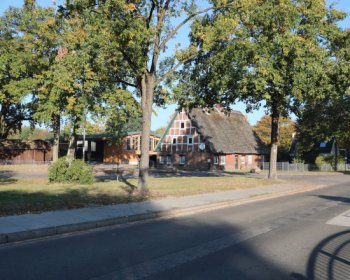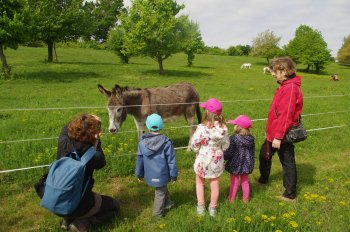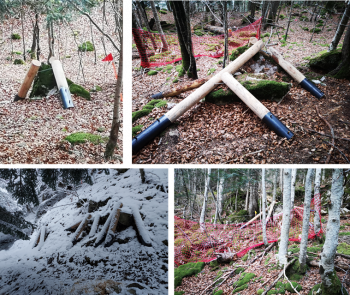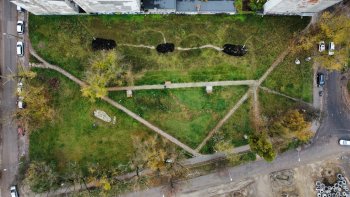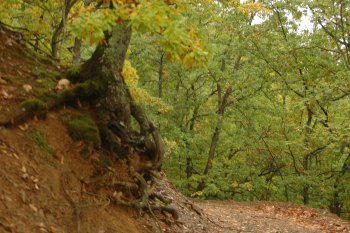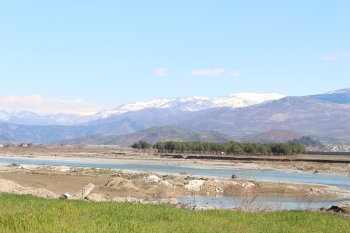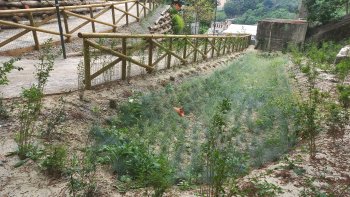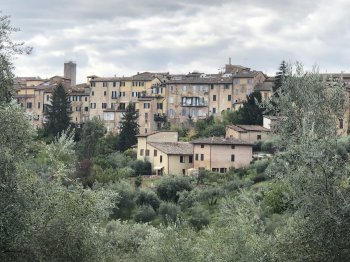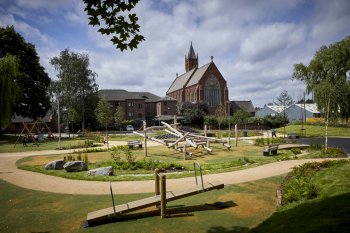The CLEVER Way: Hamburg, Neugraben-Fischbek
The CLEVER Cities project identified the primary planning goals for Neugraben-Fischbek district located in the South-West of the city of Hamburg was to: (a) creating a connective ‘Green Corridor’ to link a system of NbS interventions; (b) establishing horizontal greenery through the construction of green roofs on existing buildings; and (c) address the topic of environmental education and connect the youth with nature.
Hamburg has aimed at addressing the following challenges, including:
-
Increase biodiversity and nature in the city: To address this, the city
...

